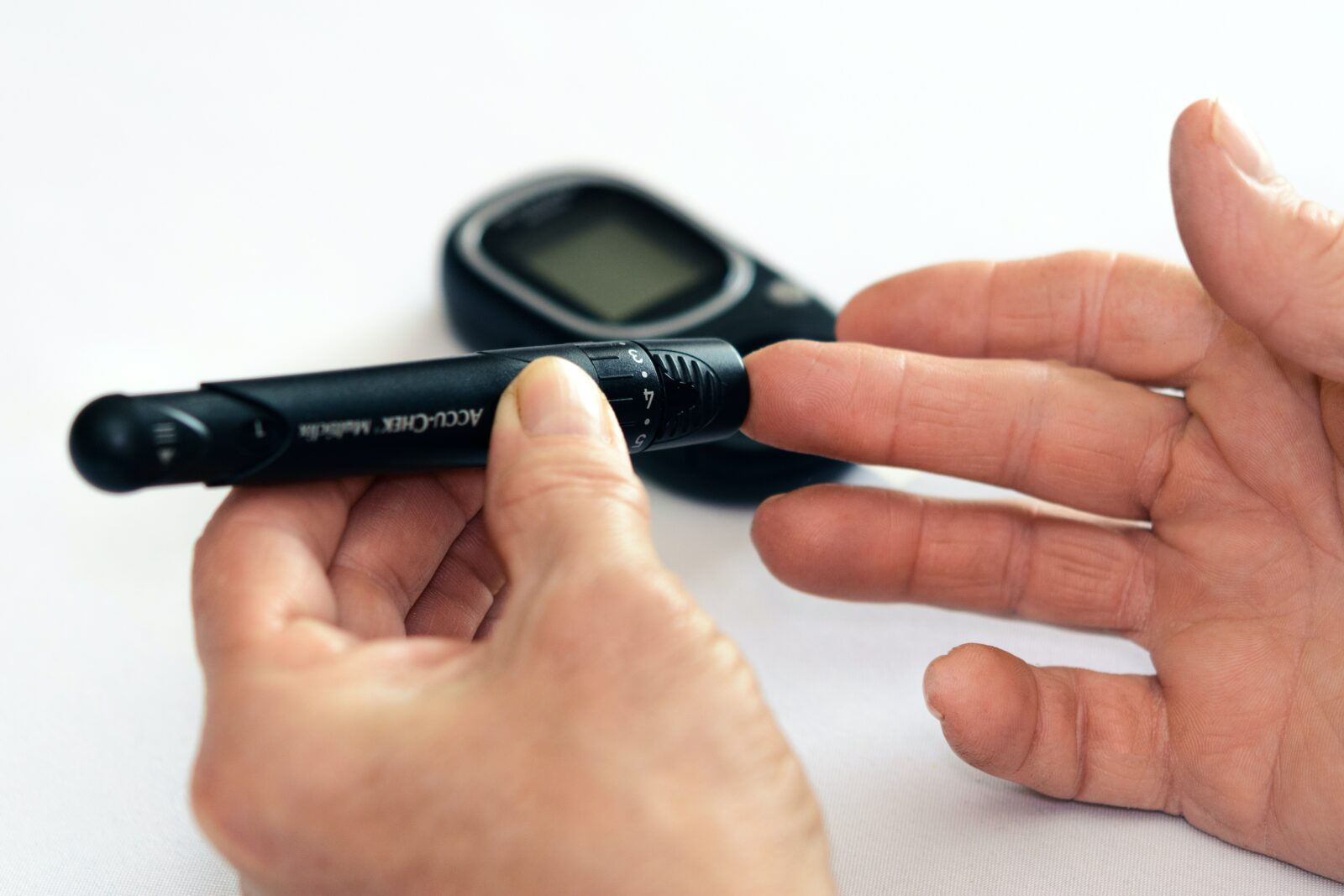
Insulin resistance is reaching such high levels of incidence, it could easily be called a global pandemic. Insulin resistance plays a key role in diseases like obesity, pre-diabetes, type 2 diabetes, heart disease, vascular disease, and dementia.
In countries with a high prevalence, over 10% of the population has type 2 diabetes. Countries that are more economically developed have a higher diabetes prevalence, and this prevalence is increasing with no signs of slowing down.
Many people have insulin resistance but remain unaware of their condition. The first sign frequently is a routine blood test, which shows abnormalities. By then, the individual may have already developed pre-diabetes, diabetes, or chronic disease.
The pancreas is located behind your stomach and adjacent to your liver. The pancreas lowers blood sugar by producing a hormone called insulin, which sends excess sugar to the cells. After having a meal, your blood sugar rises, and insulin secretion is elevated, with the objective of keeping your blood sugar stable. After exercise or prolonged hunger, your blood sugar level will drop, and the insulin level will decrease accordingly. When functioning properly, the pancreas secretes just enough insulin at the right time to keep blood sugar balanced.
However, when insulin resistance occurs, the cells become less sensitive to insulin. The original amount of secreted insulin will no longer be sufficient to lower blood sugar. The pancreas secretes more insulin to lower blood sugar. It takes an increasing amount of insulin to accomplish the task.
Members Only Content
To continue reading please subscribe to WellnessPlus by Dr. Jess MD
Be your own best doctor with our comprehensive suite of online health coaching tools.
